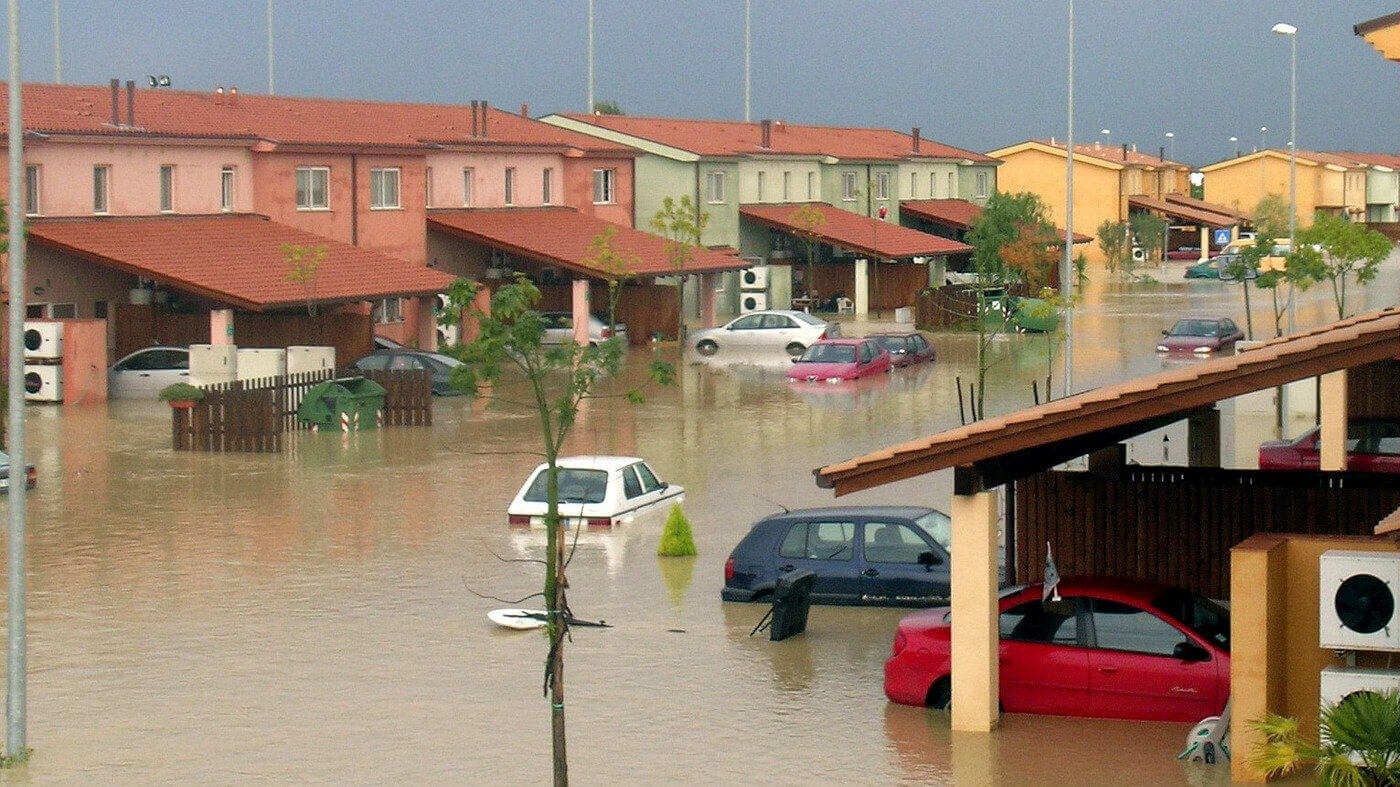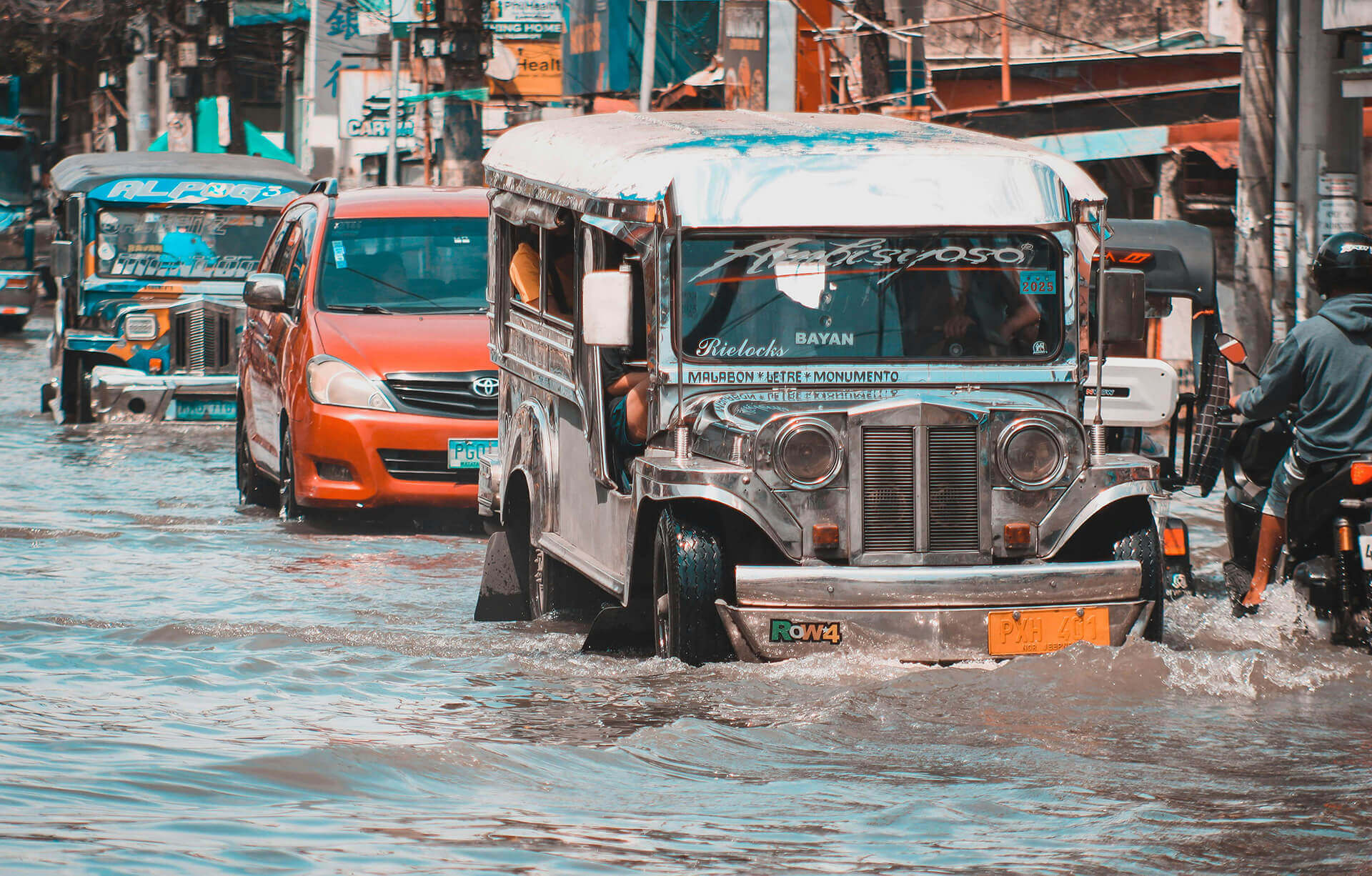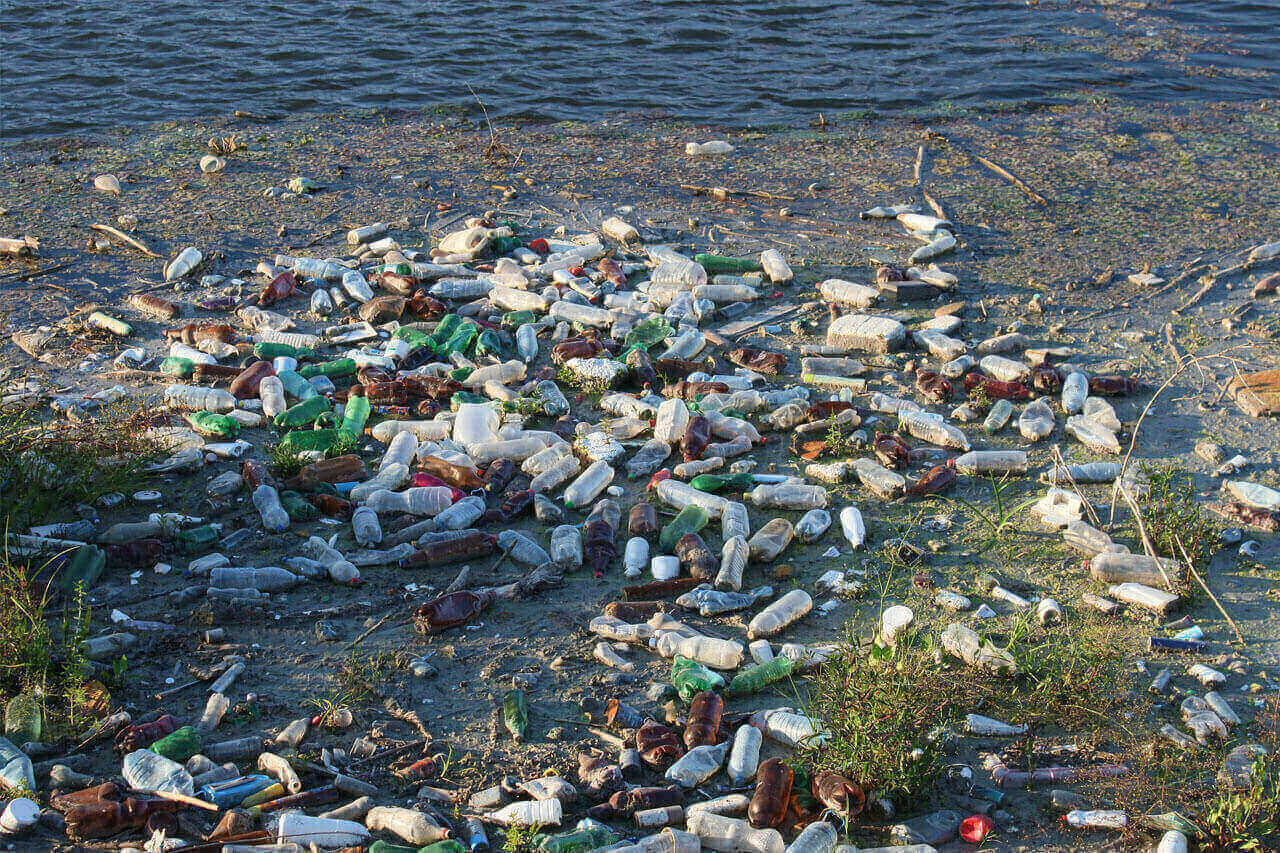Expect more incidents of coastal flooding or flooding in areas near the coast in the next decades and the culprit, a phenomenon NASA calls a “moon wobble” mixed with rising sea levels caused by climate change.
According to a new study by the National Aeronautics and Space Administration (NASA). The main causes are global warming and climate change as well as the impact of regular lunar cycles.
A key factor identified by NASA scientists is a regular wobble in the moon’s orbit. First identified in the 18th century that takes 18.6 years to complete. The gravitational pull of the moon has an effect on the tides of the world.
In this lunar cycle, it is possible that the high tide is higher and the low tide level is lower. It is said that its effect will be more severe in the years 2030 to 2040.
The study showed NASA’s sea-level change team leader Ben Hemmington explains the prediction.
“So in the coming decades, as sea level continues to increase from global warming and it’s increasing across the globe, the combination of sea-level rise is associated with global warming and then natural drivers of sea-level variability.
So the thing is causing sea levels to go up and down just naturally in the ocean are going to combine to cause coastal flooding. and what we found is that this increase in coastal flooding is really going to be increased significantly in the coming decades, specifically in 2030 to 2040″.
The study is titled “rapid increases and extreme months in projections of United States high-tide flooding.”
It was published in the Nature Climate Change Journal. The study focused on American coastlines, but according to NASA, it is still applicable even abroad.
In 2019, more than 600 high tide floods were recorded, according to the National Oceanic and Atmospheric Administration (NOAA).
Hemington says the study should be eye-opening and cautioned that city planners should prepare accordingly.
This is eye-opening for a lot of people. But again, I think it’s really critical information for planners. And I think there’s a great amount of interest in trying to get this information from science and scientists into the hands of planners.
Places like the Philippines need to be more prepared.
In a study published in Nature Communications, tropical nations such as the Philippines are said to be more vulnerable to being affected by rising water. 62% of the low-lying areas they studied were located in the tropics, most are also in Asia.



